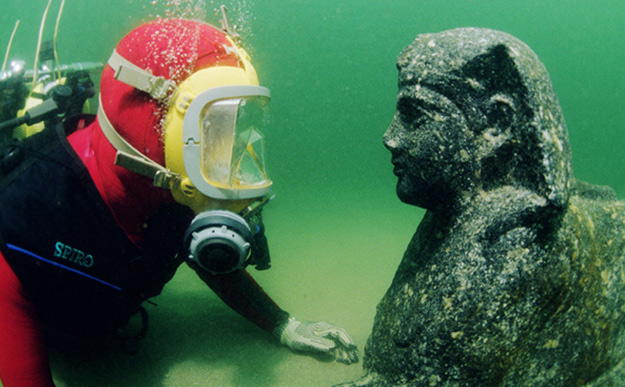Mystérieuses et étranges, ces villes et ces palais de l’antiquité ont survécu à l’usure du temps à travers plusieurs siècles, protégés par l’eau. Plongés dans les abysses suite à des cause naturelles, ils ont représenté pour les archéologues des découvertes fondamentales, confirmant certains mythes et légendes.
Dans cette sélection, le palais de Cléopâtre à Alexandrie, découvert en 1998, qui constitue l’un des plus importants sites archéologiques de l’Egypte ancien, qui contient des objets d’usage quotidien ,mais aussi, des statues à la valeur inestimable.
Ensuite, les mystérieuses pyramides de Yonaguni-Jima au Japon, la magnifique ville submergé de Qiandao en Chine et pour finir, le superbe parc archéologique de Baia en Italie, ville entrainée sous l’eau par un tremblement de terre dû à une forte activité volcanique.
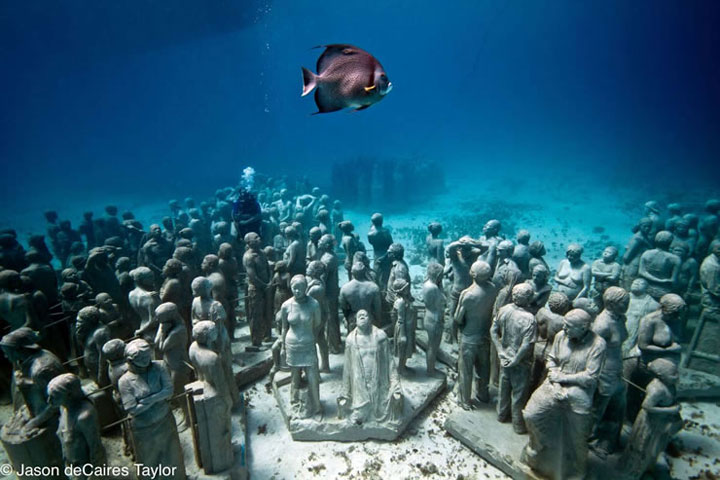
Underwater Lion City of Qiandao Lake: China’s Atlantis / Photographer : Jason de Caires Taylor
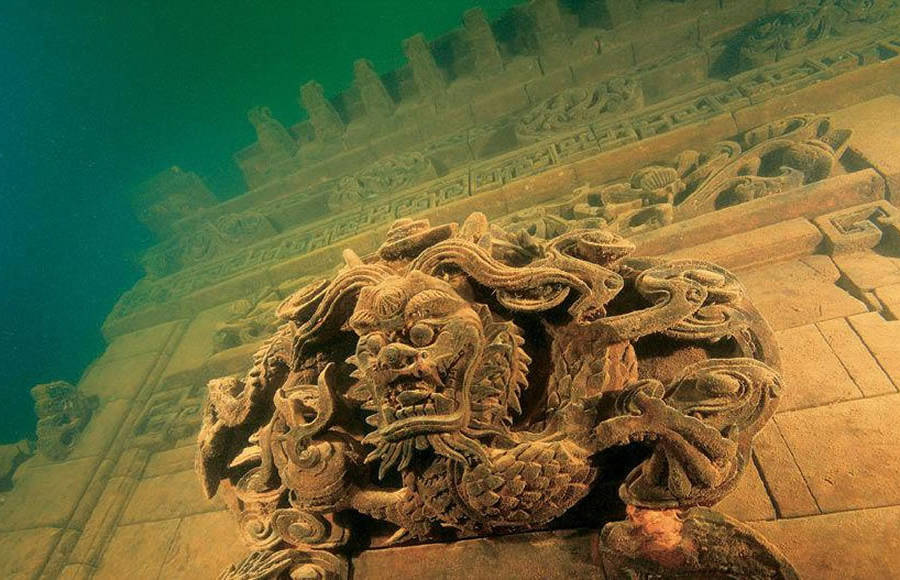
Underwater Lion City of Qiandao Lake: China’s Atlantis / Photographer : Chinese National Geography
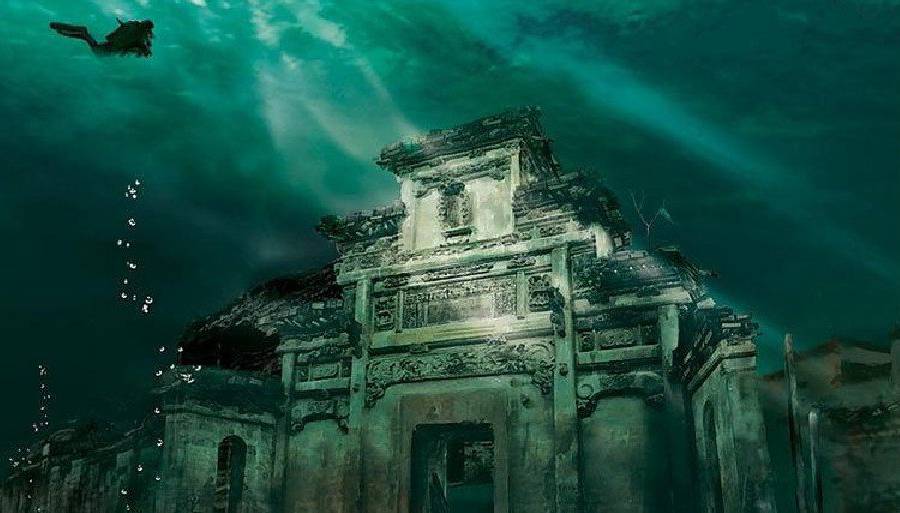
Underwater Lion City of Qiandao Lake: China’s Atlantis / Photographer : Chinese National Geography
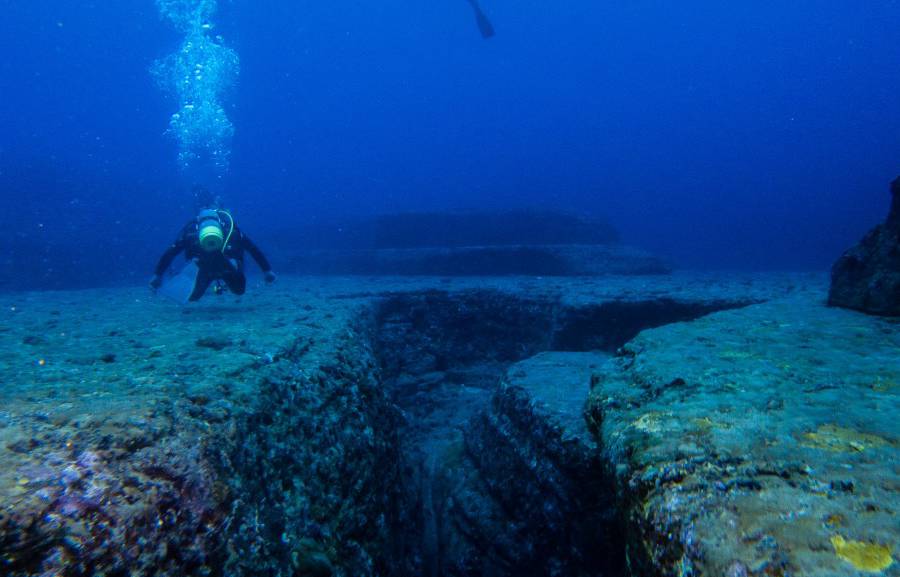
Yonaguni-Jima Ruins & Pyramid, Japan / Photographer : Masahiro Kaji
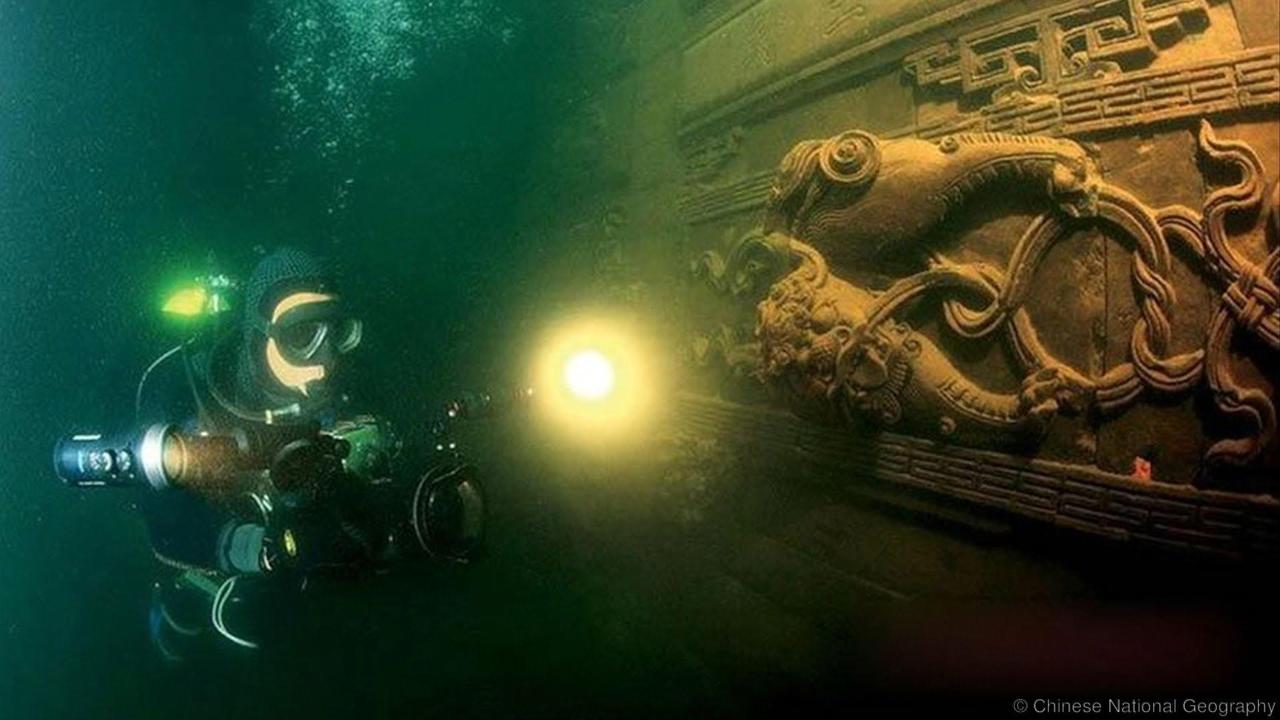
Underwater Lion City of Qiandao Lake: China’s Atlantis / Photographer : Chinese National Geography
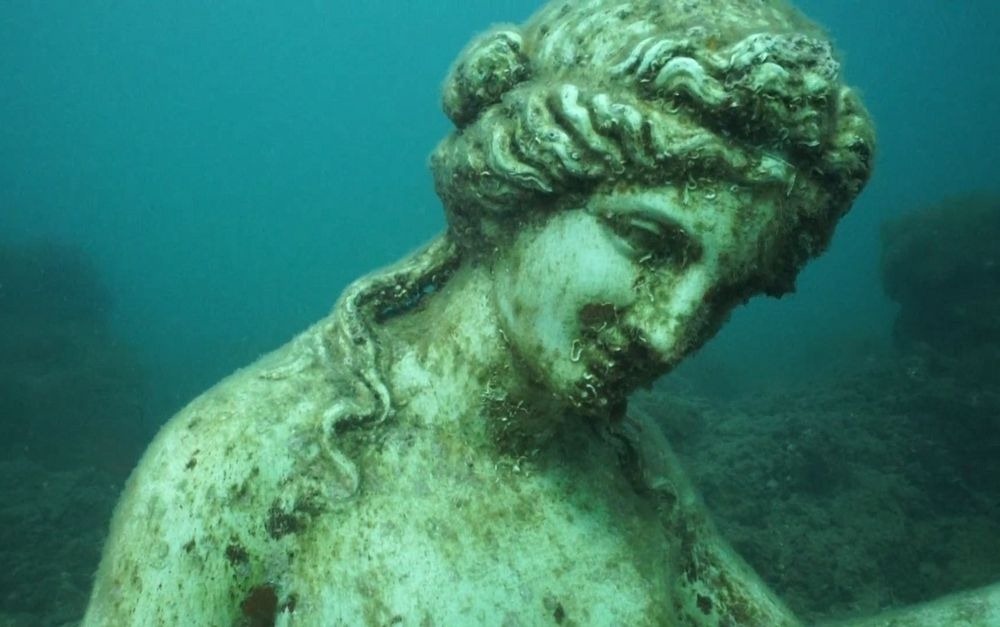
Underwater Archaeology Park of Baia, Pozzuoli, Italy / Photographer : Roberto Serani
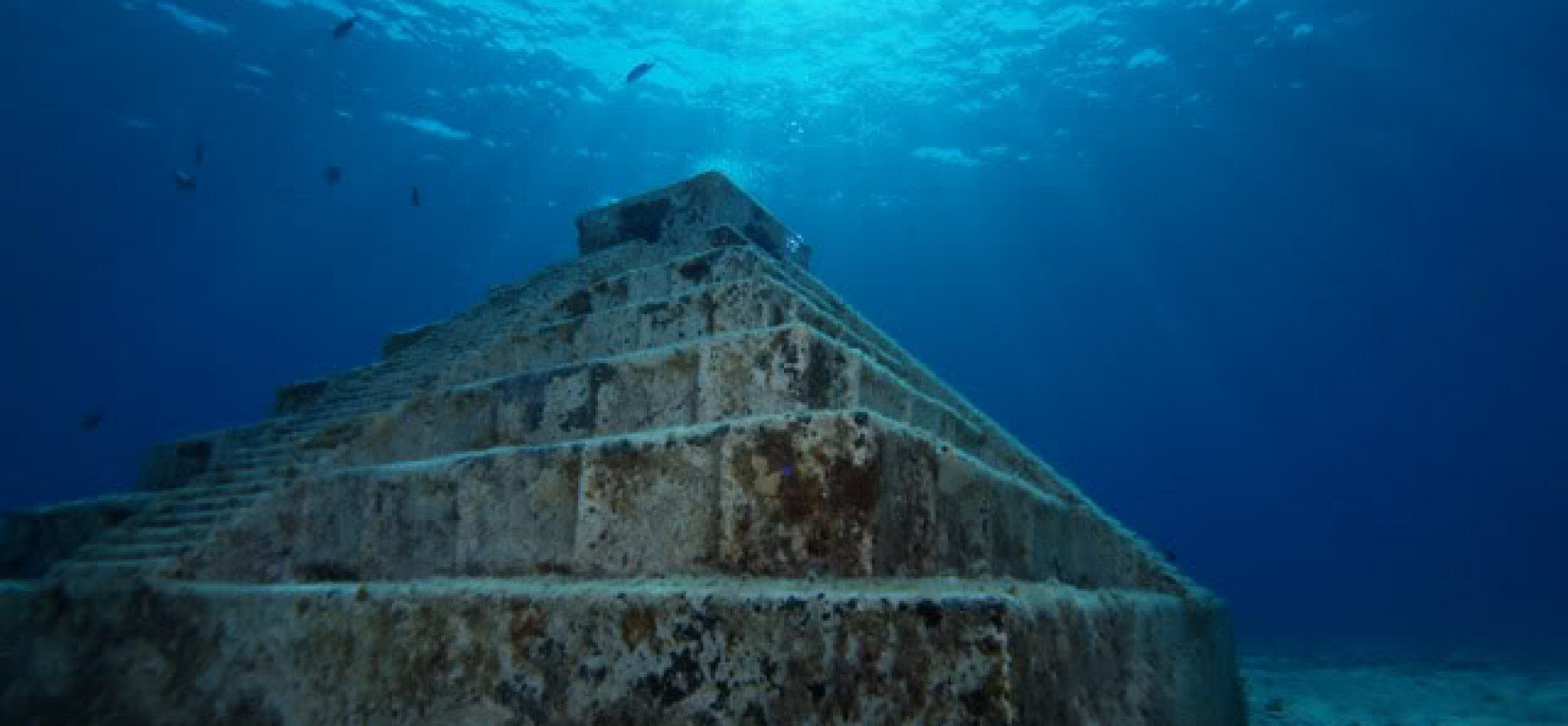
Yonaguni-Jima Ruins & Pyramid, Japan
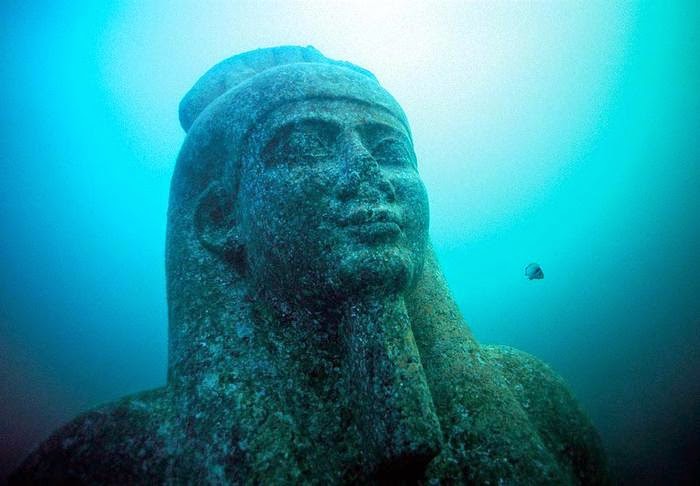
Ruins of Cleopatra’s Palace, Alexandria, Egypt / Photographer : Franck Goddio / Hilti Foundation / Christoph Gerigk
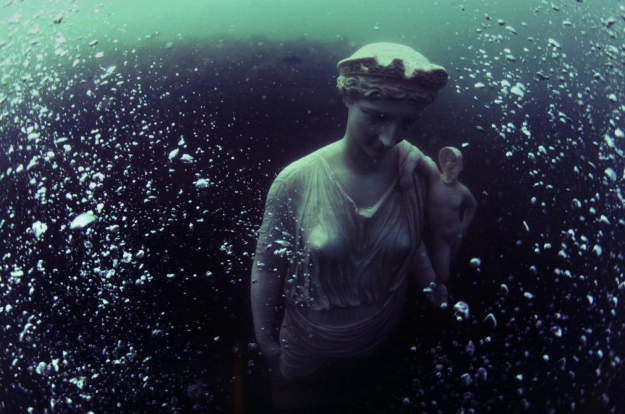
Underwater Archaeology Park of Baia, Pozzuoli, Italy / Photographer : Stefano Mei
LA UNE : Ruins of Cleopatra’s Palace, Alexandria, Egypt / Photographer : Franck Goddio / Hilti Foundation / Christoph Gerigk
Source : FUBIZ


